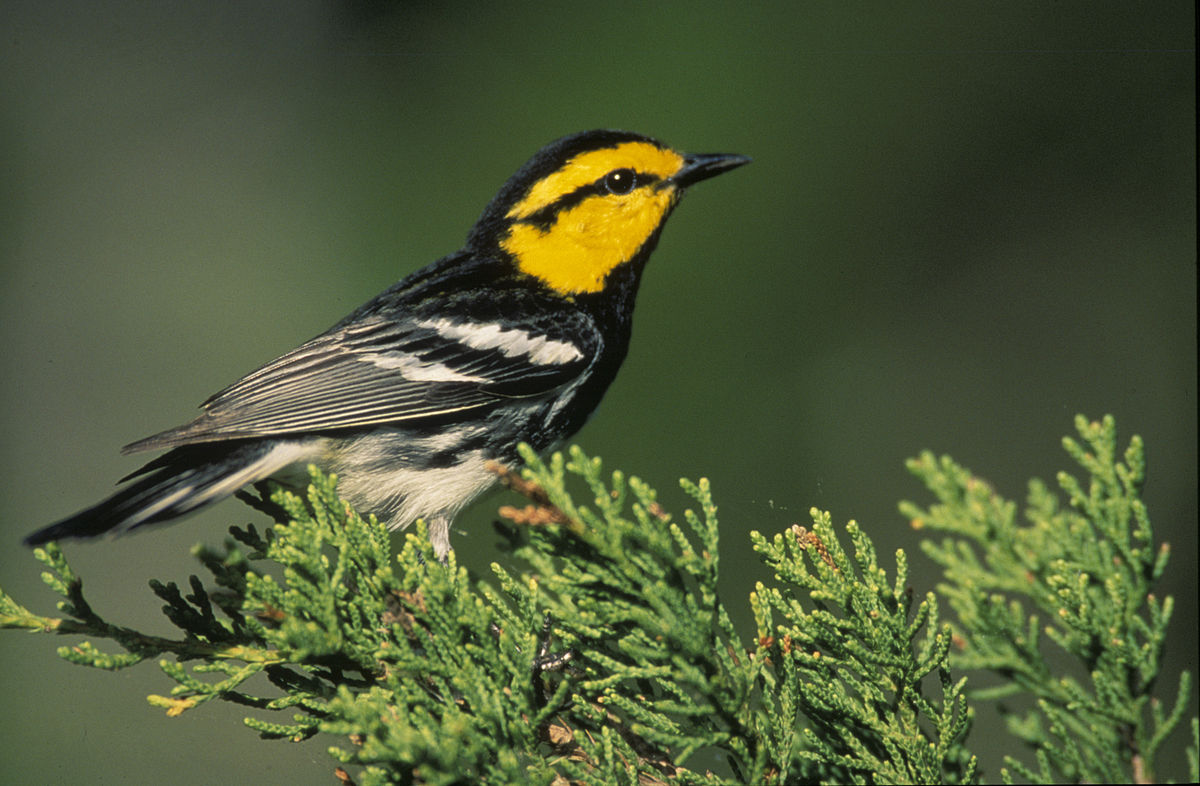Birds add life, sound and color to our lives. Watching wild birds is often a diversion from the pressures of our daily lives. We even value birds that we personally will never see; it is comforting and uplifting just knowing that our world includes birds that can offer joy in our lives.
Birds provide intangible aesthetic enjoyment and enrich our lives with their presence. This intangible value comes from knowing our world is still large and healthy enough to support a variety of bird species.
Hopefully you have paid a bit more attention to birds since I suggested you try to spy them during your daily activities. Humans have paid attention to birds for hundreds of thousands of years and incorporated their images into various symbols and art forms. Now look around Chico and see what bird-related objects you see. To give you a start, there are birds on coins, birds on stamps, wine labels, phone cards, etc. What brand names or auto names are based on birds? Remember the toucan on the Froot Loops cereal box? The Ford Falcon? Here’s a way to keep your kids (or yourself) entertained! You will be surprised at how bird images permeate our life.
Why birds? Why is the Bald Eagle – or any bird, for that matter- our national symbol? (The Bald Eagle was chosen as our national symbol by congress in 1782, although Benjamin Franklin preferred the Wild Turkey.) Why does every state have a state bird? Well, lots of states also have state mammals, flowers, rocks, and insects as well, but the birds are most well known. There are 10,000 kinds of birds but there are 80,000 species of beetles and 25,000 species of fish. Why don’t we have more beetle images on products and fish on state flags?
Not just because birds are all around us – so are insects and trees. But because birds are also obvious as they move, they sing, and they are active all year around during the day. They are truly part of humans’ everyday lives, no matter where in the world one is. It’s hard to miss them. Going back in history and even to prehistoric times, we see carvings of ostriches in Egyptian caves and paintings of ducks in French ones. Royalty all over Europe and Asia were enthusiastic about falconry, symbols of birds are found on coats of arms, national flags, and many myths and folkloric stories involving birds and are part of every culture’s history. Athena, the Greek goddess of wisdom, had an owl as her companion. Birds have been symbols of conservation efforts for more than a century. The bird conservation movement began in the late 1800’s with efforts to protect egrets and herons from the feather trade. And of course, Rachel Carlson’s Silent Spring began the environmental movement by drawing attention to the victims of pesticides such as Bald Eagles, Peregrines, Ospreys, and Brown Pelicans. Birds continue to be important indicators of our ecosystems, acting as barometers of habitat change and “telling” us how we are faring as stewards of our planet. As vital components in the ecosystem, birds control insect pests, pollinate flowers, distribute seeds, are food for other animals, control other animal populations, etc.
And then there are all the sayings and witticisms about birds. “The early bird gets the worm.” “A little bird told me.” “Eats like a bird.” “A little birdie told me.” “Wild goose chase.” “Out on a lark.” And so on. What about movie titles? “The Maltese Falcon.” “The Owl and the Pussycat.”“Wings of an Eagle.” And of course “The Birds”. We also describe people as being “crazy as a loon”, “wise as an owl”, and “madder than a wet hen.” And songs like “The Bluebird of Happiness”, “Red Red Robin”, and “Free As a Bird”. Some towns are named for birds – like Bird-in-Hand , Pennsylvania; Wren, Oregon; Birdseye, Indiana; Parrot, Kentucky; and Kingfisher, Oklahoma. Of course there are sports teams – Atlanta Falcons, Baltimore Ravens, Toronto Blue Jays, Philadelphia Eagles, and more. What other bird-related things can you think of?
Pingback: Roger Lederer Counts the Ways Birds are Nested in Human Culture and Naming | Struik Nature